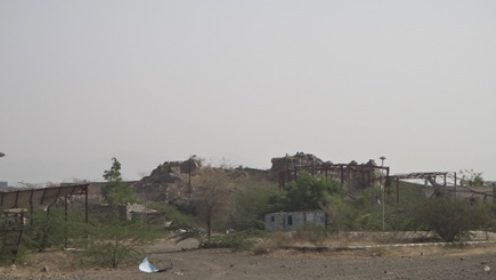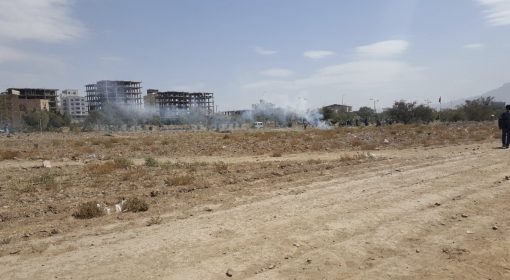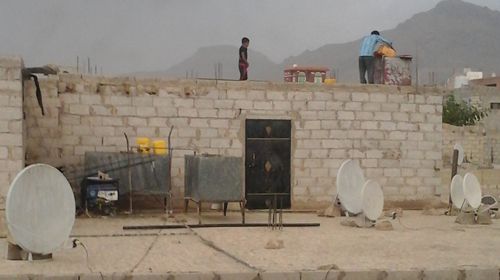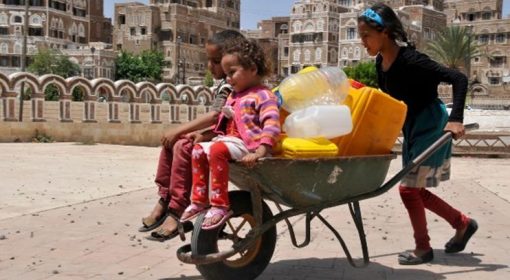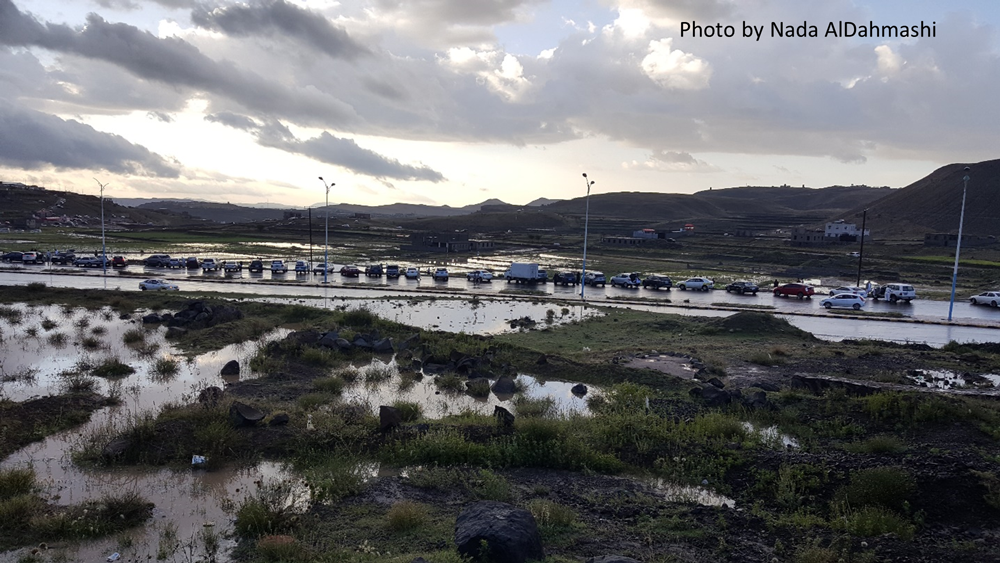
Yemen is ranked amongst the top five most water-scarce countries in the world with an annual average rainfall of 125mm. Over the past few years, war has destroyed almost everything and most of the damages are affecting the water and sanitation infrastructure.
Like many other countries, Yemen is also facing multiple effects of climate change. Over the least three years, these effects have come strongly to the fore. There have been unprecedented rainfall events, mostly due to cyclones originating in the Indian oceans that empty themselves onto the Arabian peninsula. Some Yemeni cities had not experienced such rain events for a long time and were thus not prepared, and had to suffer catastrophic damages to humans, livestock, agricultural lands and infrastructure. Some waterfalls and rivers, which were dried for years or didn’t exist, were flooded for days. For example, the Ma’rib dam, since its construction 35 years ago, has overflowed, meaning that its capacity reached more than 400 million cubic meters, due to the continuous rain in the area for more than two weeks. The dam’s started draining through the flood outlet

According to the IOM, around 170 persons were dead and approximately 600 families were displaced because of the floods in Yemen. Some of the earth dams that were locally made a long time ago were totally destroyed or started leaking, destroying residents’ houses and farms.
In Sana’a, most of the streets were filled with water, blocking the movement of people and traffic. Because of the war and the deteriorated economic situation, the water drainage channels had not undergone maintenance for a long time, and this made matters worse. UNOPS and other INGOs in cooperation with Sana’a municipality are working on cleaning and maintaining the water drainage channels, asphalting some streets and filling up waterlogging in others.
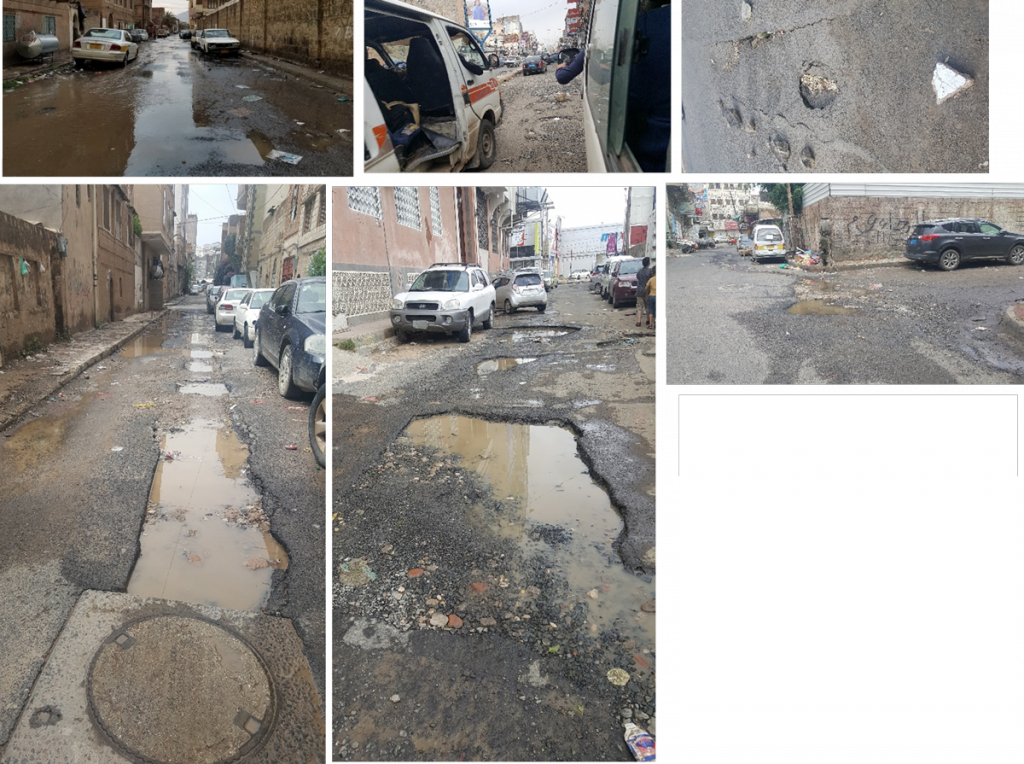
Another problem with facing the heavy rainfalls in Yemen is the accumulated solid waste in the streets, the problem is not only in the negligence by the authorities in collecting, separating and recycling, but also in the enormous lack of awareness by the public. People still throw the garbage out in the street without considering its harmful effects on the environment.
So when floods start to hit the city of Sana’a it drags with it this accumulated garbage. This also led to filling up of the drainage channels with solid waste and waterlogging in the streets.

Pictures and videos were shared in the social media by people amazed by this amount of water falling and wondering what if this water can be harvested beneficially.
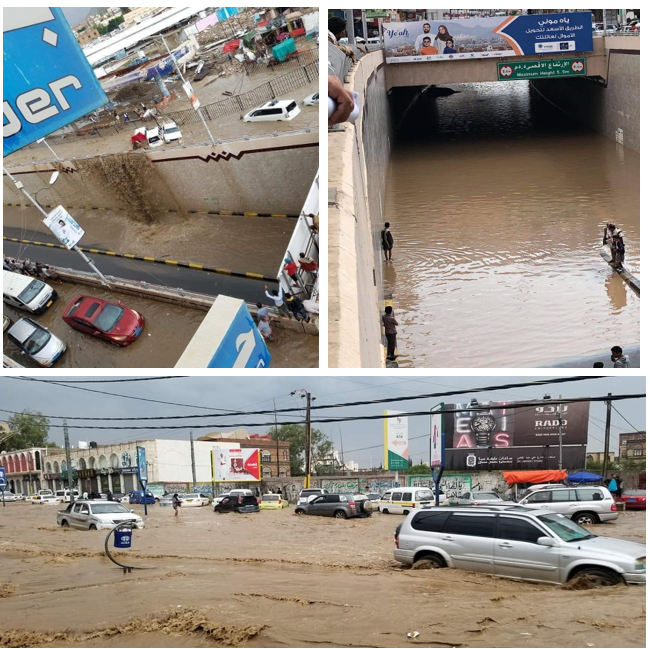
Men and children are swimming in the water, or driving their cars without considering the pressure of the flooded water, thinking that their cars can survive. This has resulted in many accidents, leading to deaths of young people and drowning of the people inside cars. Maybe people have found places to practice their swimming skills, but surely this kind of actions show a lack of awareness. Neither signs warning people about such behaviour, nor rescue teams can be seen either.
The heritage of Yemen is in danger and many activists are calling for an immediate action to save this heritage. The old city of Sana’a has been attacked by the coalition airstrikes in 2015, the city is more than 2500 years old and is characterized by its special architecture. Rains and floods in Sana’a and AlSaylah have affected this ancient urban heritage. Such damages have also been experienced in Shibam Hadramout, Zabid, Ibb, and many other old cities. Houses have started to fall down. Some initiatives have been sprung into action to save what can be saved, but they aren’t nearly enough.
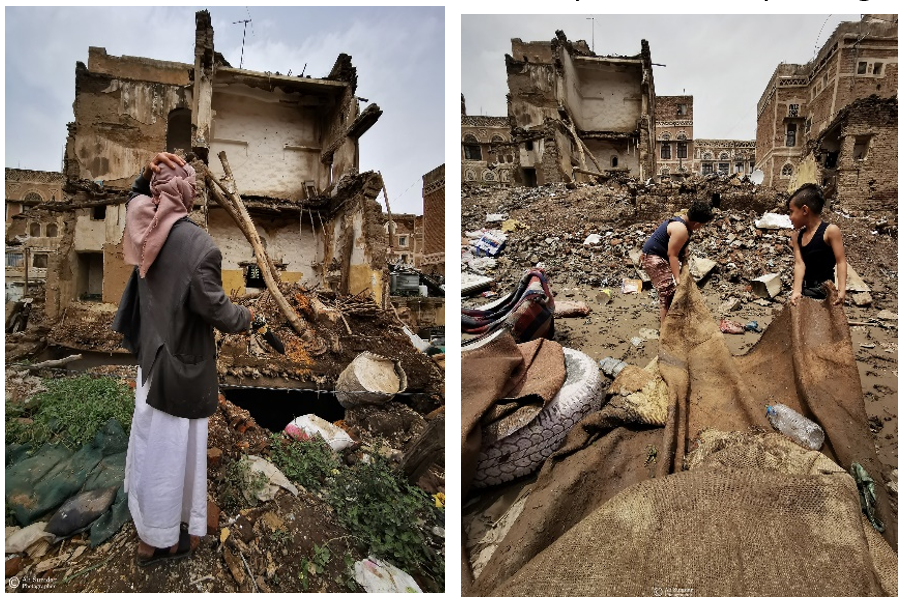
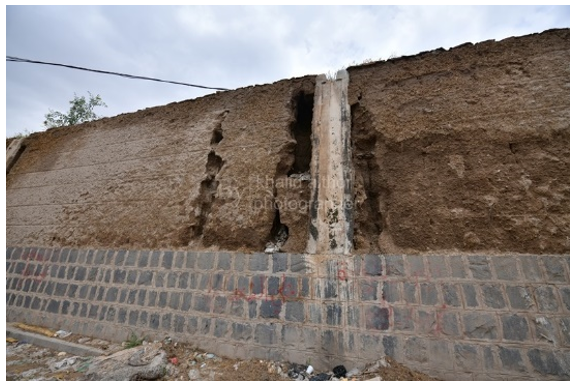
The positive side of this floods:
One positive effect of this wave of heavy rainfall is parts of Yemen becoming greener. An example is the Sana’a university campus, which students and staff hadn’t see it like this in a long time. The faculty of agriculture has taken advantage of this phenomenon and let the livestock of their farm graze in the green spaces. The greenery is spreading all over the country. Many people have chosen to go on holidays in suburbs of Sana’a and other cities that now covered with greenery.
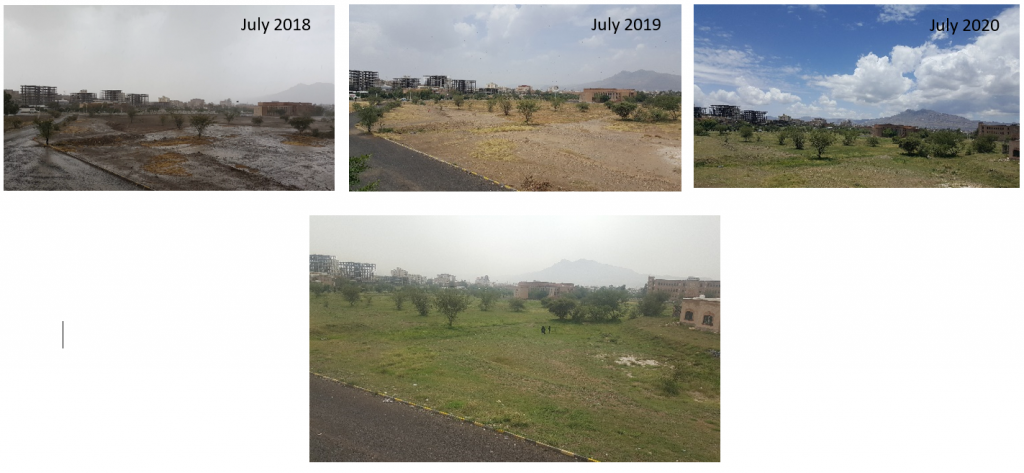

Many experts are expecting this spate of heavy rains to continue in the coming future. There is a need to declare this a national climate emergency, in responses to which In addition to several climate changes adaptation measures must be taken, such as:
- Renewed/ improved maintenance of dams and barriers,
- Building more harvesting tanks and using them for recharging the groundwater,
- Awareness campaigns for locals to utilise the rainwater and harvest it from their rooftops. Yemenis have been harvesting rainwater forever and this tradition must return, at the household level. Each house must harvest water and use it for daily needs.
Unfortunately, a country like Yemen that is vulnerable and living under war circumstances and political conflicts, can’t move towards these climate changes and adapt to them alone. These actions will need to be supported by an international movement to save Yemen.
